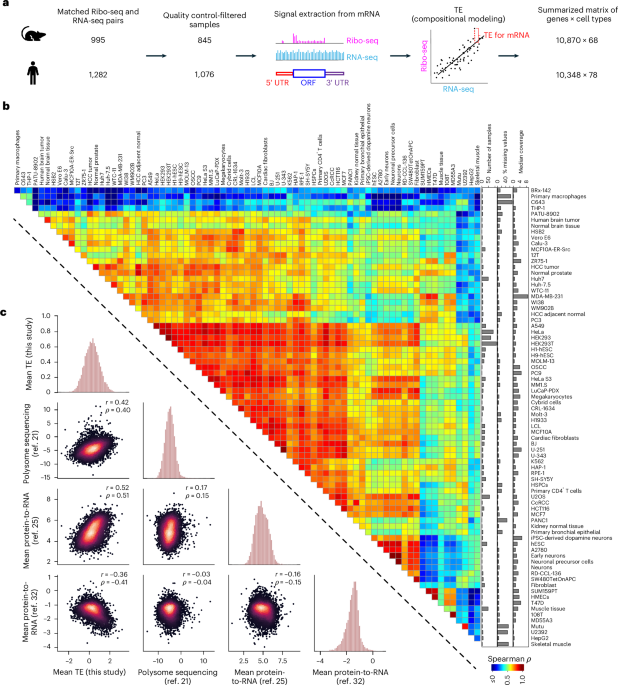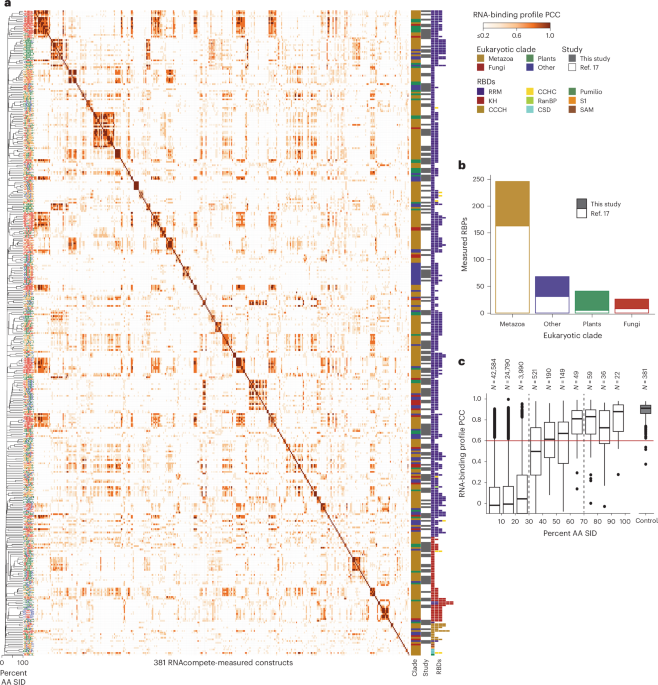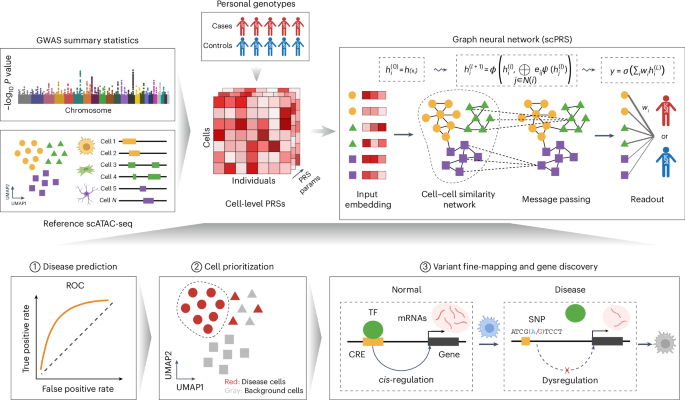Now Reading: Unveiling the Viral World Within Fungi
-
01
Unveiling the Viral World Within Fungi
Unveiling the Viral World Within Fungi

Swift Summary
- Fungal viruses were first identified in 1962 as the cause behind mushroom diseases like La France disease. The study of fungal viruses has since grown substantially.
- While most fungal viruses have negligible effects on their hosts, some cause sickness or provide surprising benefits, such as increasing heat tolerance in plants when coupled with fungi.
- Advances in DNA and RNA sequencing allow scientists to detect fungal viruses even without external symptoms, aiding research on their diversity and potential applications.
- Unique interactions include a virus borrowing another’s protein coat (“hermit crab” virus) and cross-kingdom transmission where viruses travel between fungi and plants/animals.
- fungal viral treatments offer promising biocontrol methods by weakening pathogenic fungi that harm crops like rapeseed, rice, and wheat through natural fungicides or “vaccine-like” effects. successful field trials have demonstrated increased crop yields.
- Fungi containing certain viruses have been used to track the spread of diseases such as white-nose syndrome in bats. The implicated virus enhances spore formation that aids fungus dispersal among bats.
Indian Opinion Analysis
Fungal virology is emerging as a pivotal field with far-reaching implications for agriculture, ecology, and healthcare globally. For India-a nation heavily reliant on agricultural productivity-utilizing viral biocontrol technologies could help combat fungal infestations affecting key crops like rice and rapeseed while enhancing food security amid climate challenges. Moreover, increased collaboration with international researchers could accelerate access to advanced natural fungicides patented abroad.
India’s diverse ecosystems also present unique opportunities for exploring region-specific fungi-virus interactions that might yield novel solutions against crop or animal pathogens. Identifying partnerships between academic institutions and industries will be essential if India hopes to commercialize bio-solutions derived from this rapidly evolving scientific domain efficiently.




























